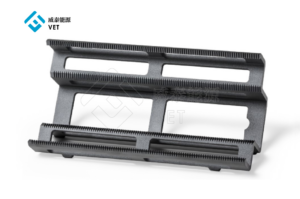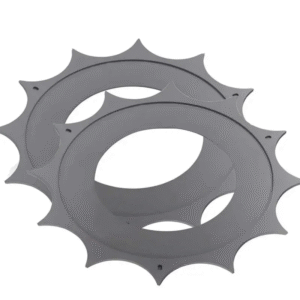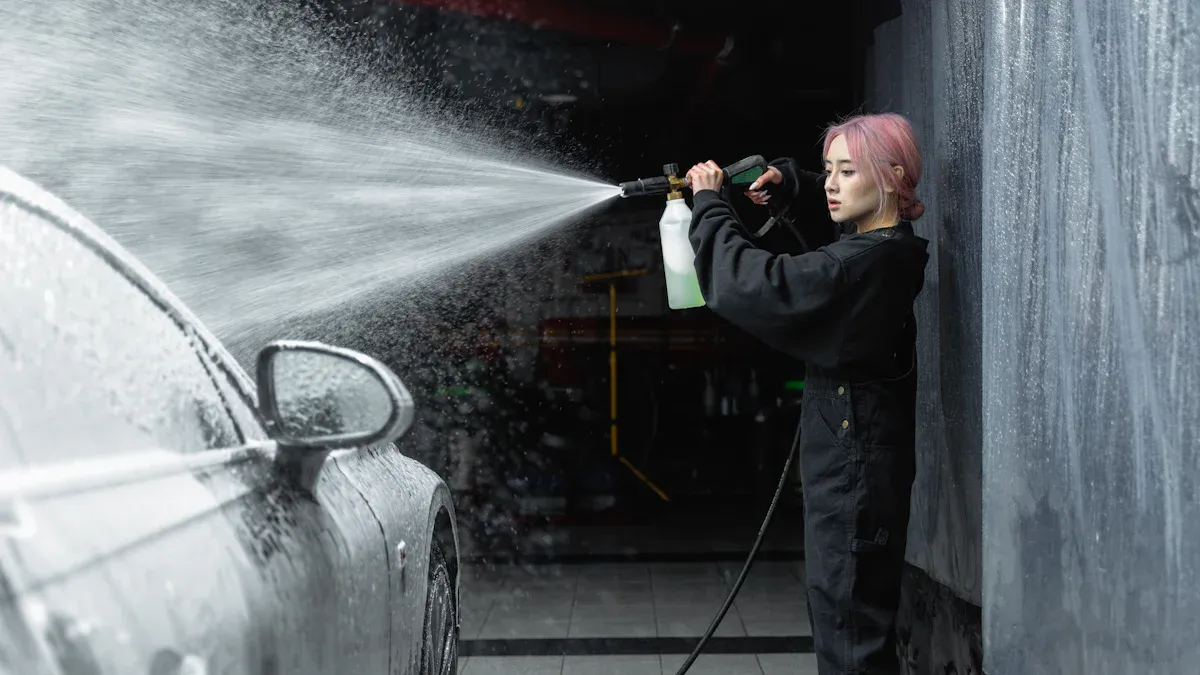
Many factories use a Silicon Carbide Nozzle because it can handle high temperatures and tough materials. This nozzle lasts longer than many others. Some workers notice it can break if dropped. The initial price is higher, so companies must decide if the benefits outweigh the drawbacks.
Key Takeaways
- Silicon carbide nozzles handle high heat, resist wear, and last longer, saving factories time and money on maintenance.
- These nozzles need careful handling because they can break if dropped or hit, so workers should use proper tools and storage.
- Choosing silicon carbide nozzles makes sense for tough jobs with harsh conditions, but other materials may be better for simpler or low-cost needs.
Benefits of Silicon Carbide Nozzle in Industry
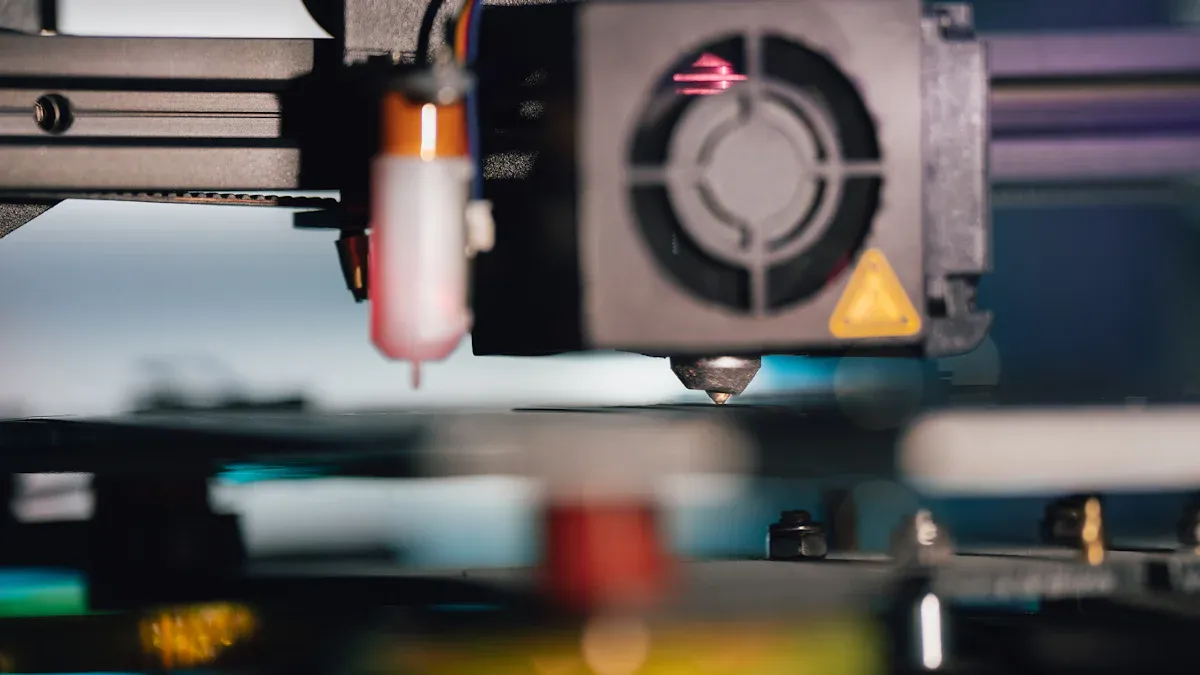
High-Temperature Performance
A Silicon Carbide Nozzle can work in very hot environments. Many factories use these nozzles in furnaces and kilns. The material does not melt or lose strength at high temperatures. Workers can rely on these nozzles for jobs that need steady heat.
Superior Wear and Abrasion Resistance
Factories often use nozzles to spray sand, chemicals, or other rough materials. A Silicon Carbide Nozzle resists scratches and damage from these harsh substances. This means the nozzle keeps its shape and works well for a long time.
Chemical and Corrosion Resistance
Some factories use strong acids or bases in their processes. Many metals can rust or break down in these conditions. Silicon carbide stands up to most chemicals. This helps the nozzle last longer and keeps the process safe.
Extended Service Life and Reduced Maintenance
A Silicon Carbide Nozzle does not wear out quickly. Workers do not need to replace it as often as other types. This saves time and money. Less maintenance also means fewer stops in production.
Tip: Using nozzles with a long service life can help factories avoid costly shutdowns.
High Precision and Process Efficiency
These nozzles can spray materials in a very controlled way. The shape and size of the nozzle stay the same over time. This helps factories make products with the same quality every day.
Low Contamination and Process Purity
Some industries, like food or medicine, need clean processes. Silicon carbide does not react with most materials. This keeps the product pure and free from unwanted particles.
Lightweight and Ease of Handling
Silicon carbide is lighter than many metals. Workers can move and install these nozzles more easily. This reduces the risk of injury and makes the job faster.
Real-World Applications of Silicon Carbide Nozzle
- Steel plants use these nozzles in blast furnaces.
- Chemical factories use them to spray acids and bases.
- Power plants use them in systems that handle hot gases.
- Food and drug companies use them to keep products clean.
These examples show how a Silicon Carbide Nozzle helps many industries work better and safer.
Drawbacks of Silicon Carbide Nozzle in Industry
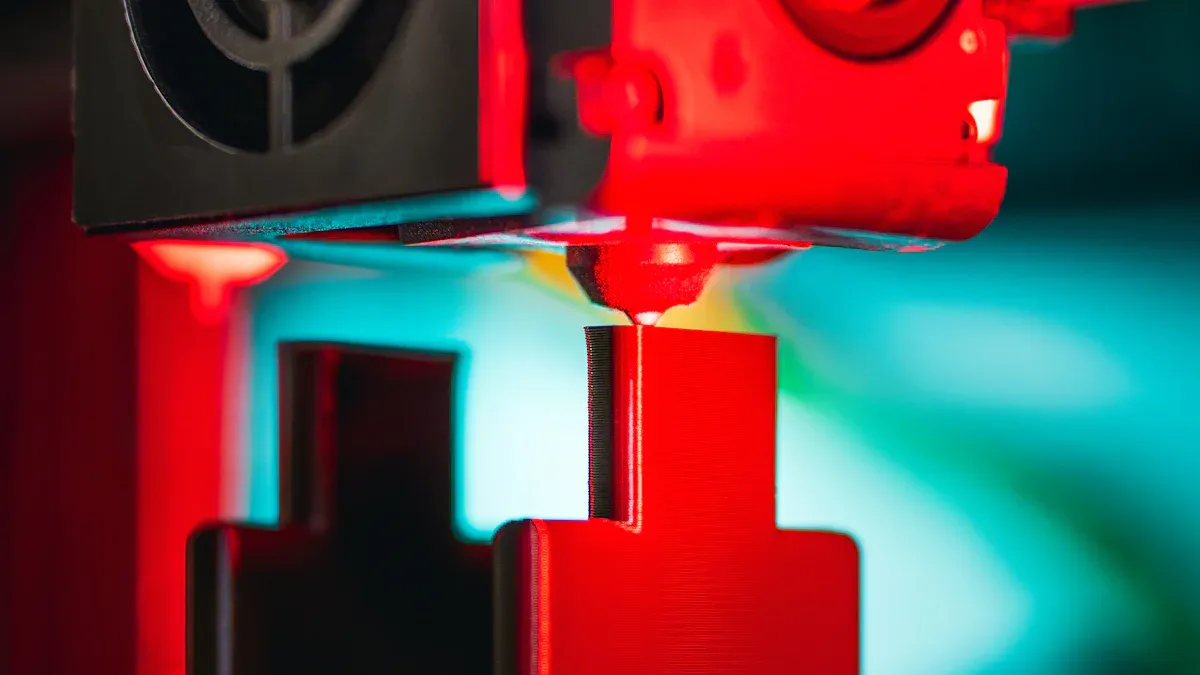
Brittleness and Impact Sensitivity
Silicon carbide is a hard material, but it can break easily if dropped or hit. Workers must handle these nozzles with care. A small crack can cause the nozzle to fail during use. Many factories train workers to avoid dropping or striking the nozzle. This brittleness makes it less suitable for places where equipment gets bumped or moved often.
Note: Even a minor impact can shorten the life of a silicon carbide nozzle.
Higher Initial Cost and Manufacturing Complexity
The price of a silicon carbide nozzle is higher than many metal or ceramic nozzles. Factories pay more at the start. The process to make these nozzles is also complex. Special tools and skilled workers are needed. This can make the nozzle harder to find and more expensive to replace.
Cost Comparison Table
| Nozzle Type | Average Initial Cost | Manufacturing Difficulty |
|---|---|---|
| Steel | Low | Easy |
| Ceramic | Medium | Medium |
| Silicon Carbide | High | Hard |
Limited Machinability and Design Flexibility
Silicon carbide is very hard. This makes it difficult to cut or shape after it is made. Factories cannot easily change the nozzle’s design. Custom shapes or sizes take more time and money to produce. Some industries need special nozzle shapes, so this can be a problem.
Installation and Handling Risks
Workers must use care when installing a silicon carbide nozzle. The nozzle can crack if tightened too much or if tools slip. Mishandling during transport or storage can also cause damage. Many factories use special packaging and training to reduce these risks.
- Always check the nozzle for cracks before use.
- Use the correct tools for installation.
- Store nozzles in padded containers.
Availability and Lead Time Concerns
Not every supplier keeps silicon carbide nozzles in stock. Factories may need to wait weeks for delivery. This can slow down repairs or upgrades. Planning ahead helps, but urgent needs can be hard to meet.
Tip: Order spare nozzles early to avoid production delays.
Health and Safety Considerations
Cutting or grinding silicon carbide can create fine dust. Workers should wear masks and use proper ventilation. The dust can harm lungs if breathed in. Finished nozzles are safe to handle, but safety steps are important during manufacturing or repair.
When to Choose Silicon Carbide Nozzle Over Alternatives
High-Demand and Harsh Environments
Factories often face tough conditions. High heat, strong chemicals, and fast-moving materials can wear out regular nozzles quickly. In these cases, a Silicon Carbide Nozzle works best. It stands up to extreme temperatures and resists damage from harsh substances. Steel plants, chemical factories, and power stations often choose this nozzle for its strength and reliability.
Tip: When a process involves sandblasting or spraying acids, workers should consider this nozzle for better performance.
Cost-Efficiency Over Service Life
Some companies look at the total cost over time, not just the price at the start. A Silicon Carbide Nozzle may cost more to buy, but it lasts much longer than many other types. Fewer replacements mean less downtime and lower maintenance costs. Over months or years, the savings can add up. This makes it a smart choice for factories that want to reduce long-term expenses.
Table: Cost Over Time
| Nozzle Type | Initial Cost | Average Lifespan | Replacement Frequency |
|---|---|---|---|
| Steel | Low | Short | High |
| Ceramic | Medium | Medium | Medium |
| Silicon Carbide | High | Long | Low |
Situations Favoring Alternative Materials
Not every job needs the highest level of durability. In places where impacts are common or where budgets are tight, other materials may work better. Steel nozzles handle bumps well and cost less. Ceramic nozzles offer a balance between price and performance. Workers should match the nozzle to the job’s needs for the best results.
- Many industries choose these nozzles for tough jobs that need strength and heat resistance.
- Other materials work better for simple tasks or when saving money matters most.
- Careful planning helps companies pick the right nozzle for each job.
Tip: Review process needs before making a final choice.
FAQ
What industries use silicon carbide nozzles most often?
Steel plants, chemical factories, and power stations use silicon carbide nozzles. These industries need strong, heat-resistant equipment for daily operations.
How should workers handle silicon carbide nozzles safely?
Workers should use padded gloves and store nozzles in soft containers. They should avoid dropping or striking the nozzle to prevent cracks.
Can silicon carbide nozzles be recycled?
Most recycling centers do not accept silicon carbide nozzles. Specialized facilities may process them, but options remain limited in many areas.


